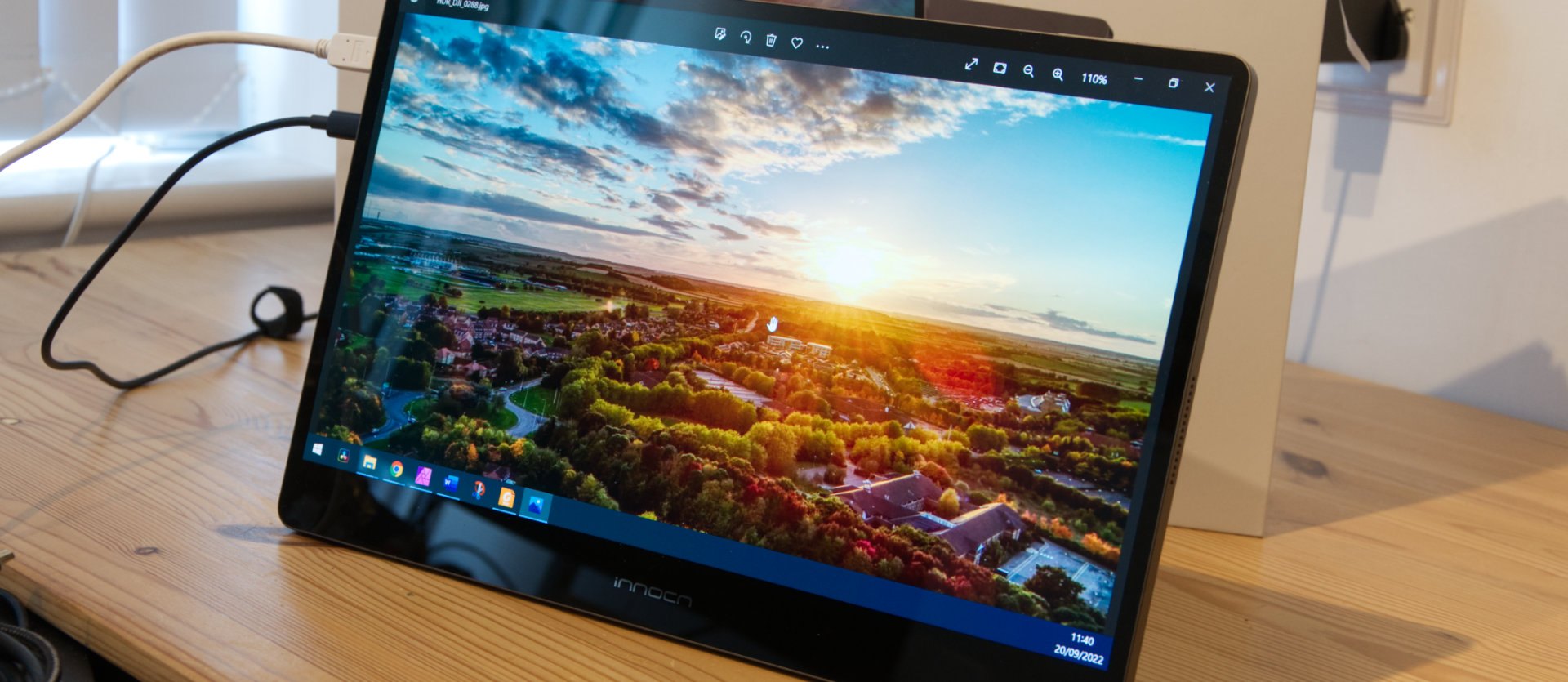TechRadar Verdict
As OLED panels go, the Innocn 15A1F is very affordable and delivers a very impressive colour gamut. However, its only 1080p resolution, limited size and 400 nits aren’t enough for true HDR output. Affordable, but niche.
Pros
- +
Magnetic support arm
- +
USB-C and HDMI
- +
OLED colours
Cons
- -
Lacks regional PSU
- -
Only 1080p resolution
- -
Needs a soft carry case to be portable
Why you can trust TechRadar
Two minute review
The 15A1F is easily one of the cheapest OLED portable monitors you can purchase, with an asking price below $400.
What you get for that money is a beautifully engineered and lightweight screen that delivers remarkably punchy colours and excellent levels of contrast.
The trade-off here is that the screen is only 15.6-inches corner to corner and the natural resolution is only 1920 x 1080. That’s potentially not big enough for designers or those working with colour.
If these limitations aren’t a problem, this is an excellent design that features a magnetically attached stand that allows both portrait and landscape use and inputs that work with both HDMI and USB-C connections.
In an ideal world, we’d of liked a regionally agnostic USB-C PSU included, a soft carry case, and a less glossy finish on the screen. But all these things would have undoubtedly made the 15A1F more expensive.
Pricing and availability
If you buy directly from Innocn on the company website, the asking price is $399 plus shipping. However, it can be found on Amazon.com for fifty dollars less, and it has been discounted down to half that on occasion.
In Europe, the Amazon asking price is €349, but it is not listed with online retailers in the UK at this time.
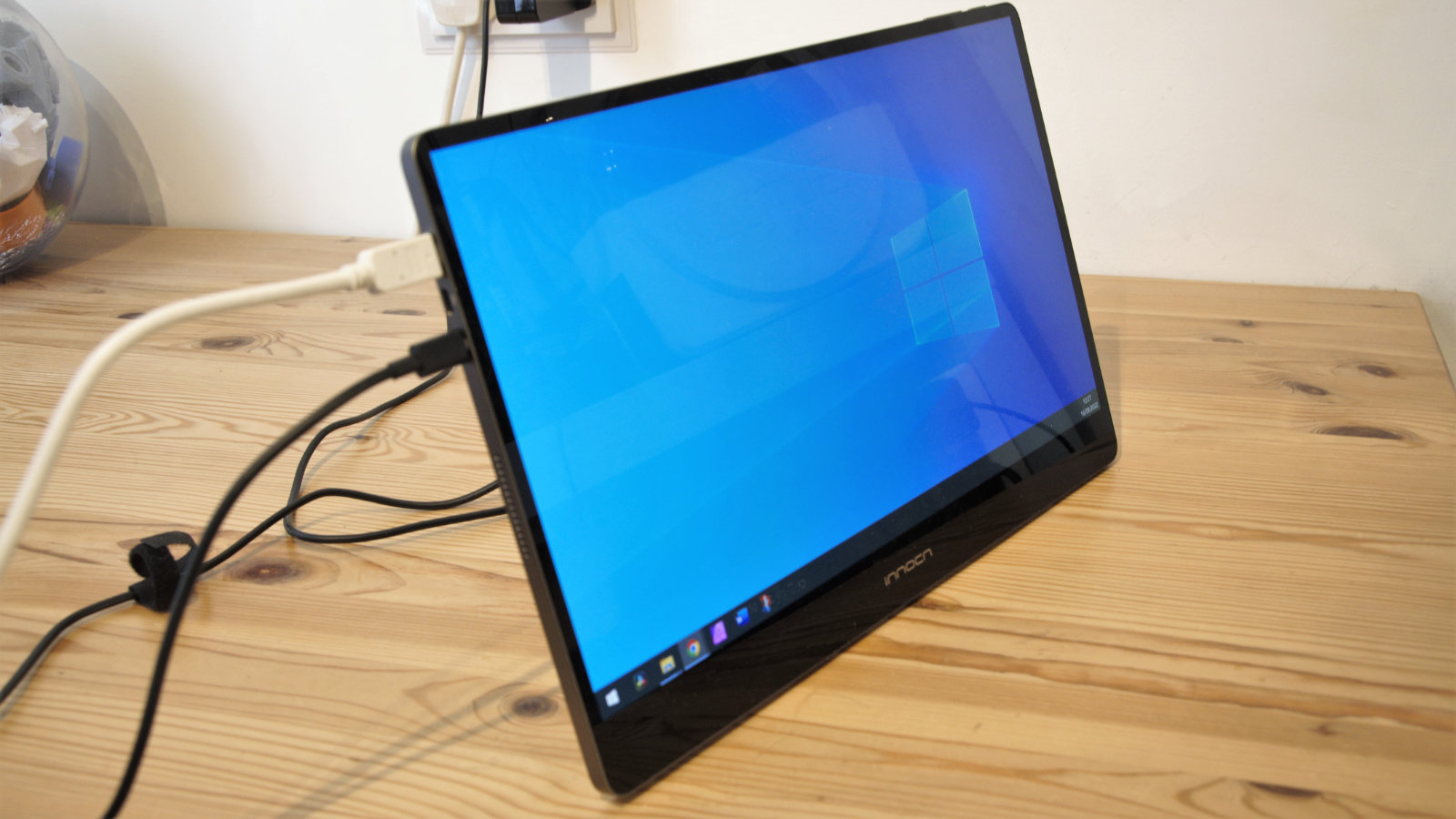
Design
Before we get to the screen, we’d like to commend Innocn on its packaging. Because the box that the 15A1F comes in provides excellent protection to the panel.
According to the documentation, the screen is provided with three cables, two being USB-C, one of those being for power, and an HDMI to Mini-HDMI. There is also a USB-C wall PSU with a fold-out blade design that some regions consider an acceptable excuse for a mains power connector.
Our review model came without the USB-C data cable and with a cheap adapter to convert the US-style blades to UK power socket standards. We used the unit with a laptop USB-C PSU that offered a better chance of consistently powering the screen and found a USB-C data cable elsewhere.
The other item included in the box is a magnetically attached support foot that connects to a steel plate embedded in the rear of the screen.
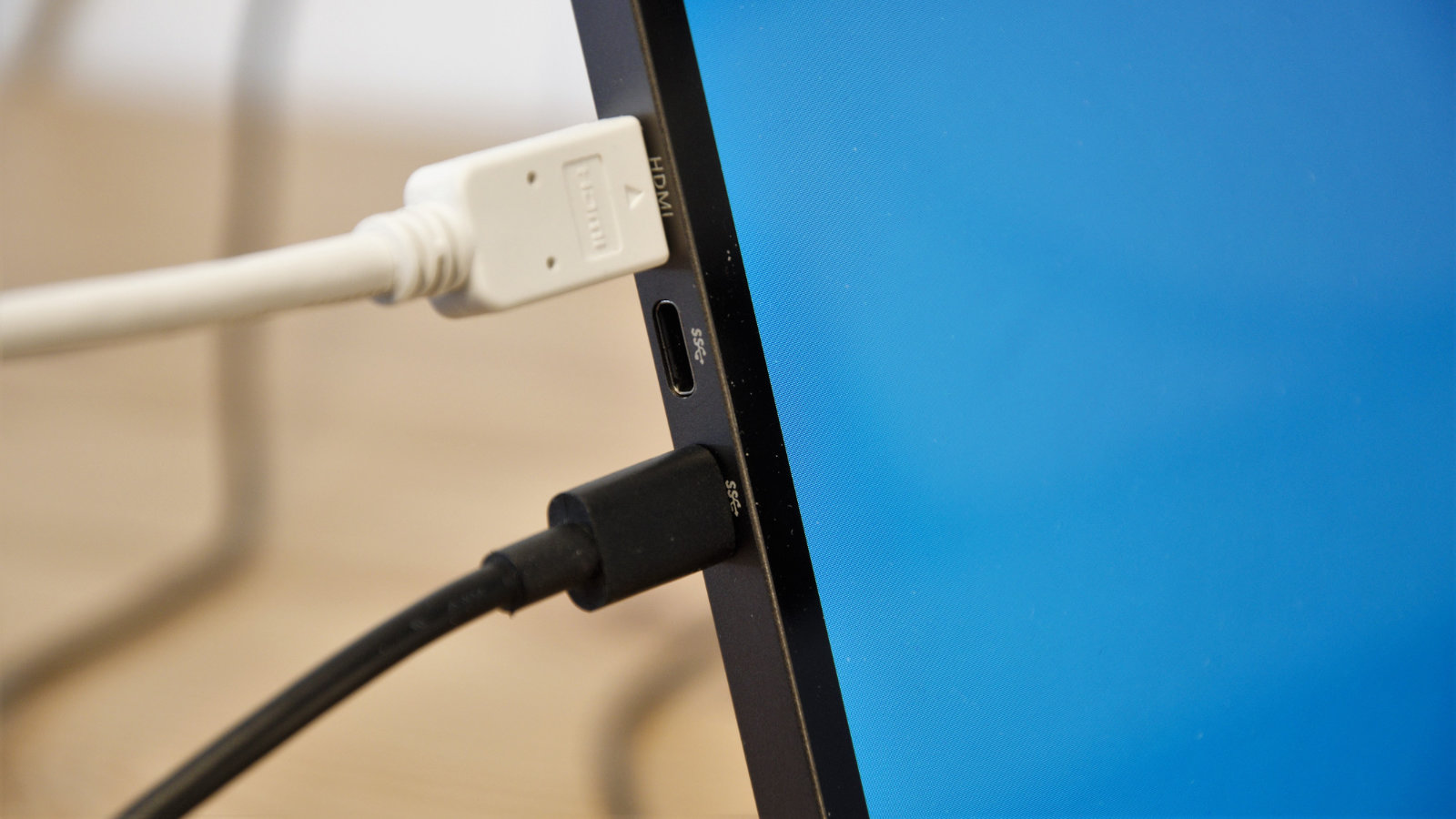
For those wondering if VESA is an option, it isn’t because the panel is so thin that there wouldn’t be any depth for the threads to travel inside without damaging the electronics.
Without the metal support foot attached, it is striking how light this panel is, and it weighs just 725g with support attached.
As all the inputs are on the left side, it is possible to put this screen into portrait mode, even if there are no orientation sensors inside to make the automatic output adjustments on an attached computer.
There are two possible inputs paths are USB-C and mini-HDMI, but no DisplayPort options are available. The top edge (in landscape mode) has a power button and a rocker for OSD menu selections, and that’s the full extent of the ports and controls. The lack of a 3.5mm audio jack is a little disappointing, especially for those who might want to use the 15A1F with a games console.
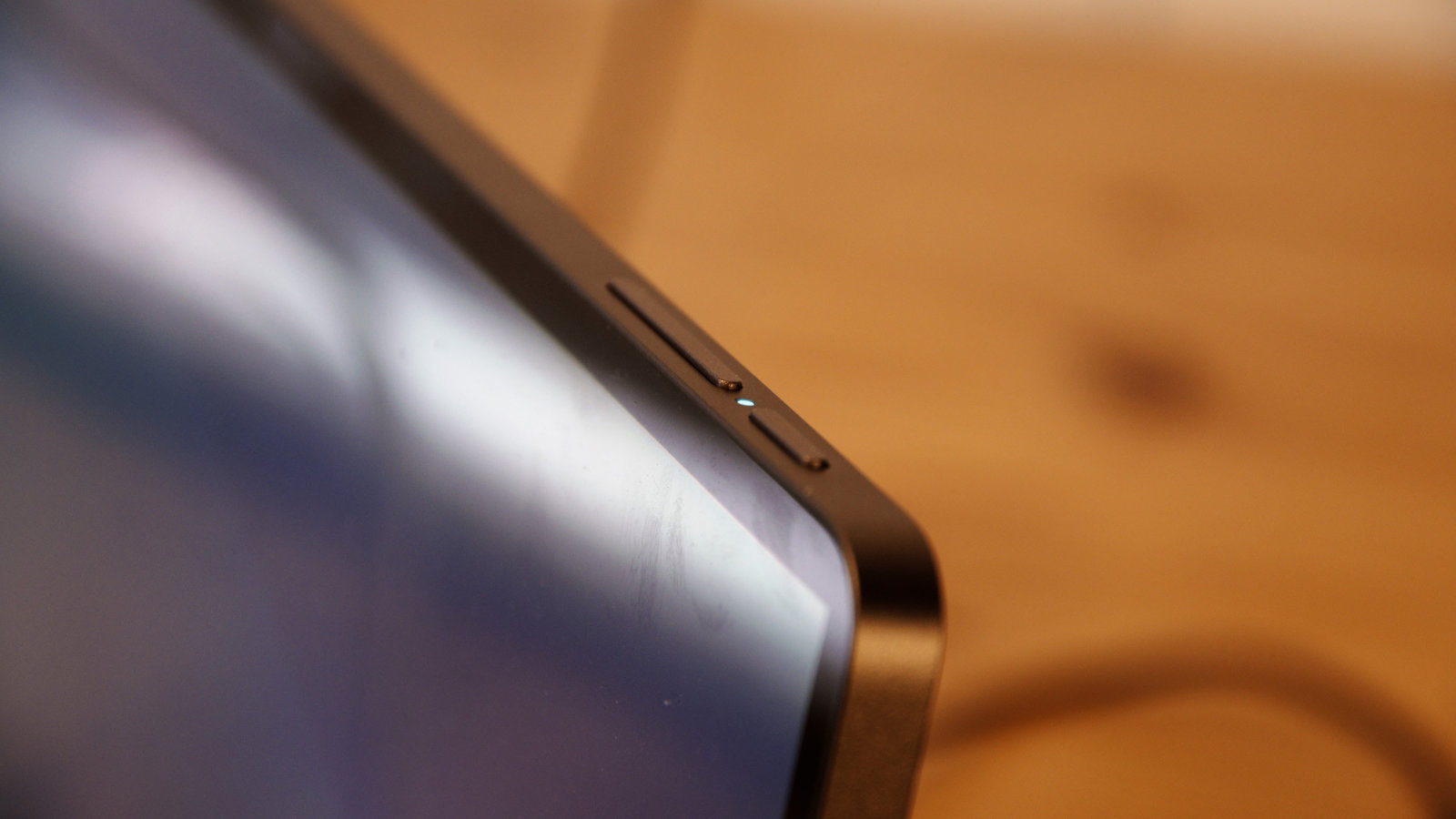
Features aside, it's difficult not to be impressed with the build quality of the display and its support arm. But simultaneously mildly disenchanted with the cheap PSU Innocn bundled with it.
What’s much more impressive is the quality of the display. Once a PC was connected, it produced a remarkably punchy rendition of the Windows desktop with inky blacks and highly saturated colours.
The resolution is only 1080p, although any more pixels at 15.6 inches corner-to-corner would be largely pointless. The frequency range is also capped at 60Hz, making it of less interest to gamers, but fine for those working with colour and graphics.
If the panel has an inherent design flaw, it's that Innocn coated it in a highly glossy glass finish that reflects any bright light sources such as the Sun or overhead lighting.
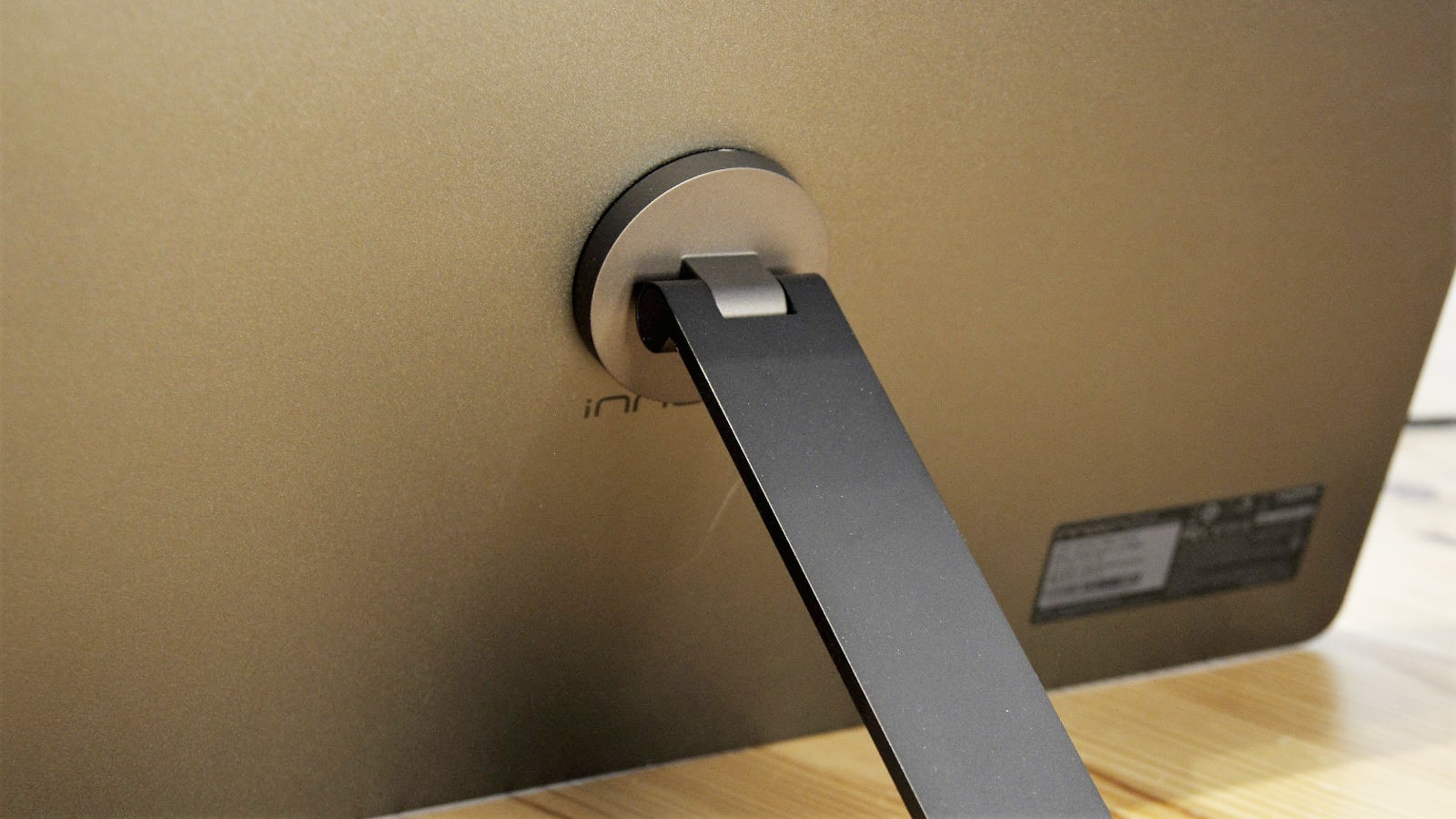
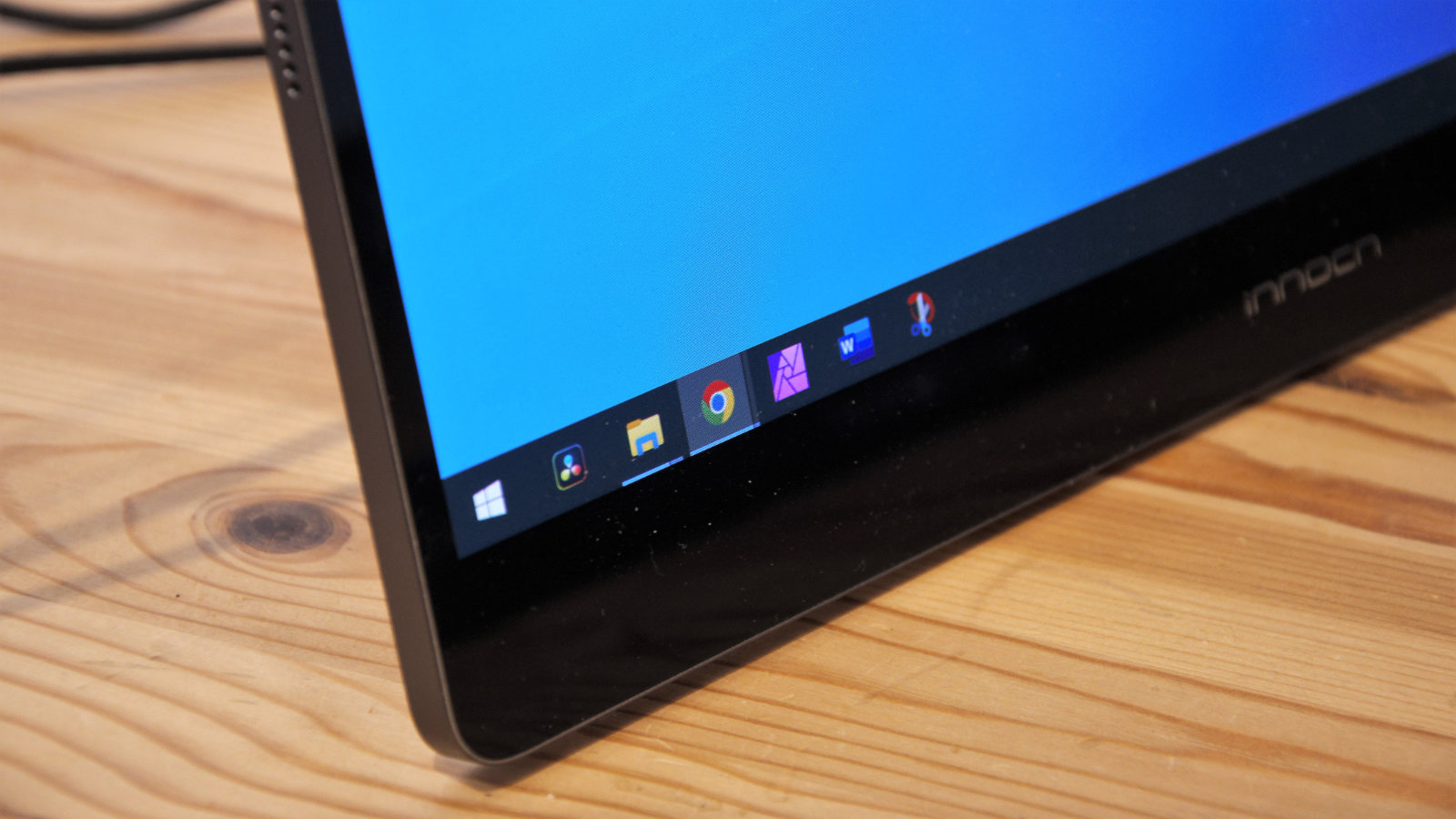
In use
Panel size: 15.6-inch
Panel type: OLED
Resolution: 1920 x 1080
Brightness: 400 nits
Quoted Contrast: 100,000:1
Pixel response: N/A
Color coverage: 100% sRBG, 98.3% Adobe RGB, 100% DCI-P3
Refresh rate: 60Hz
Vesa: N/A
Inputs: USB-C Power (45W), HDMI 1.4, USB-C (Display Mode)
Weight: 725g
Testing an OLED display is a radically different proposition to an IPS or TN technology panel, as the way the image is created and presented is entirely different.
Normally one area of contention is usually backlighting. Cheaper panels have fewer backlight elements, and this results in lighting consistency being an issue.
OLED panels have perfect lighting consistency since each pixel has its own light source, making the image just as bright over its entire surface.
The quoted brightness for this panel is 400 nits, and it hit 406.2 nits at 100% brightness setting in our tests. That it achieves those numbers is good, though it's worth pointing out that 400 nits still isn’t enough for true HDR, which needs a minimum of 1000 lumens per square centimetre to provide the levels of contrast required.
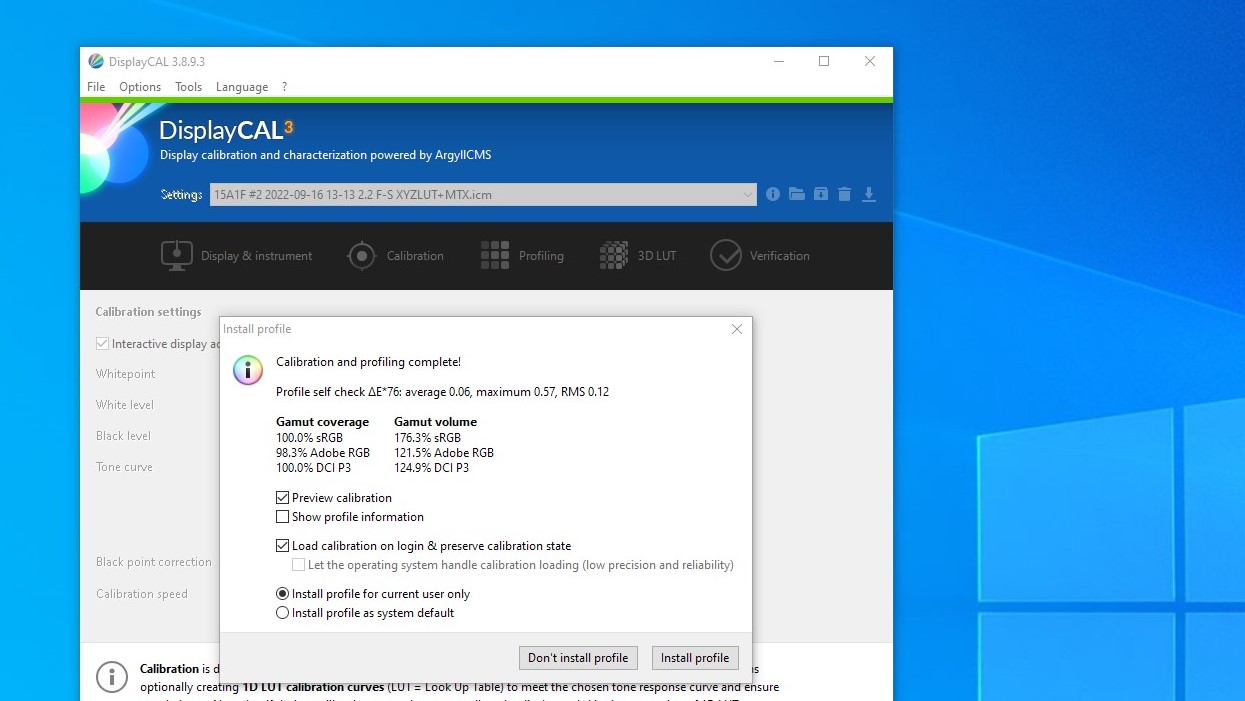
Where this and most OLED panels stand out is in colour representation.
At its most basic level, this display delivers 100% of sRGB, 98.6% of AdobeRGB and 100% of P3 gamut coverage. But, in achieving those results, its gamut volume is bigger than the triangular area defined by these specifications.
Therefore, gamut volume is a whopping 176.3% of sRGB, 12.5% of Adobe RGB and 124.9% of DCI P3. With these volumes and an accurate calibrator, it should be possible to configure the screen to provide a reasonable degree of colour accuracy in a location with controlled lighting.
Overall, OLED panels, in general, make other screen technologies weep when it comes down to colour representation, contrast levels and display consistency. And the 15A1F isn’t an example of an OLED screen that contradicts any of those assertions.
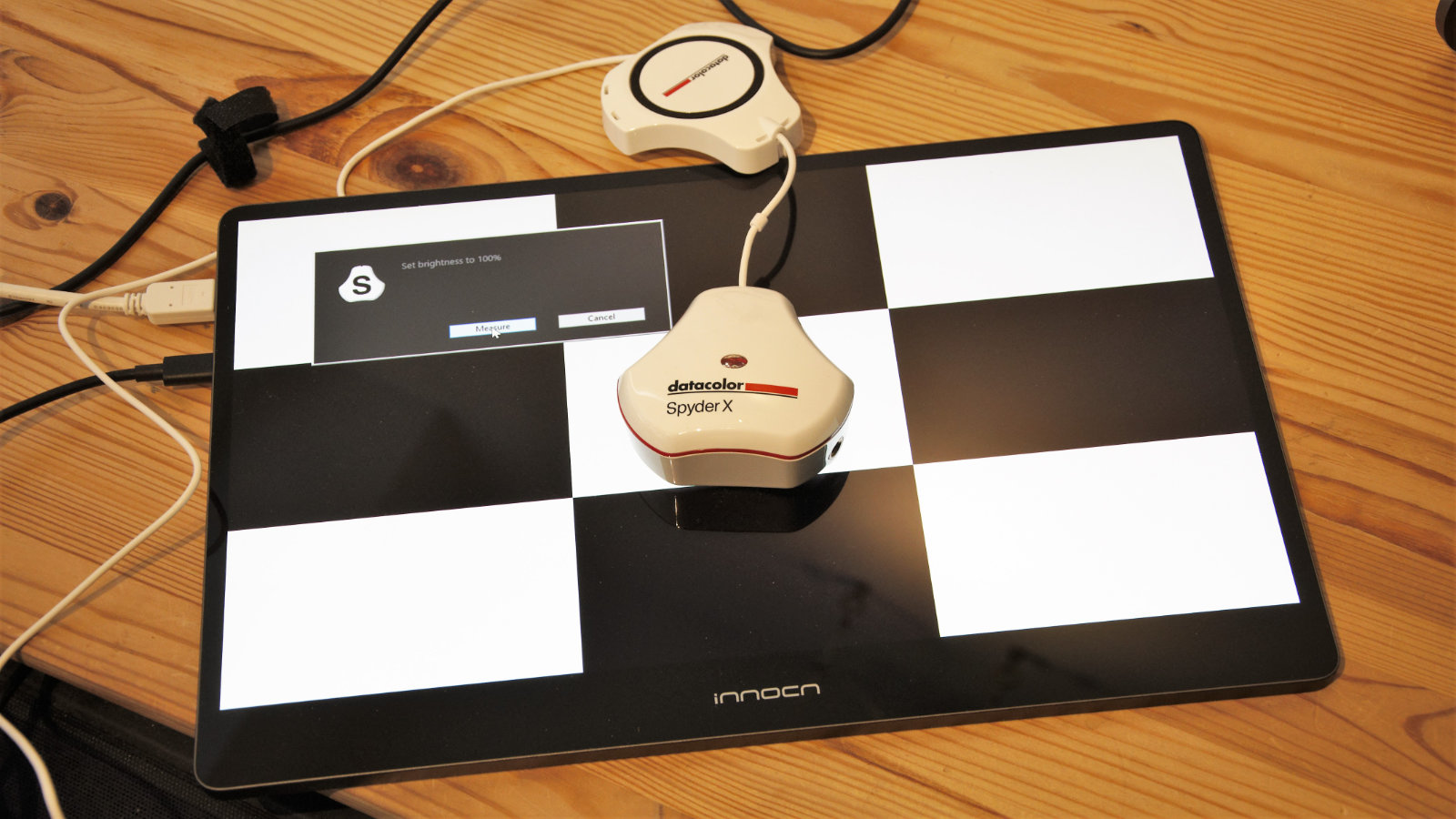
The OSD provides the typical features you’d expect, though the menu structure is somewhat limited. The menu is accessed using the power button and the volume rocker in combination, and this makes for some very awkward exercises where the highlight never seems to go where you want it to.
What this monitor desperately needs is a software version of that menu that Innocn doesn’t currently offer.
Final verdict
While the colour capability of the 15A1F is hard to critique, exactly how useful a glossy 15.6-inch 1080p resolution panel is to someone colour grading footage or designing artwork is more of a debate.
Those that design for a living are looking for 28 or 32-inch displays as a minimum and resolutions of 1440p and 4K, not 1080p.
That’s not to say that there isn’t a use for this type of panel, but it would be better not to buy this and then realise you need a bigger screen with a greater number of pixels to achieve your objectives.
For those who do buy it, we recommend getting a suitably sized soft sleeve to carry the 15A1F around. The foot, if not attached to the panel, has numerous metal edges that could do considerable damage to the screen, and the PSU if left unrestrained, could also scratch it.
These items need to be kept away from the 15A1F, along with the selection of cables you decide to use with it.
The best aspect of this design is undoubtedly the price, which brings OLED technology within the budget of many for the first time. And that cost reductions on this technology can’t be a bad thing.
We've also highlighted the best portable monitors

Désiré has been musing and writing about technology during a career spanning four decades. He dabbled in website builders and web hosting when DHTML and frames were in vogue and started narrating about the impact of technology on society just before the start of the Y2K hysteria at the turn of the last millennium.
